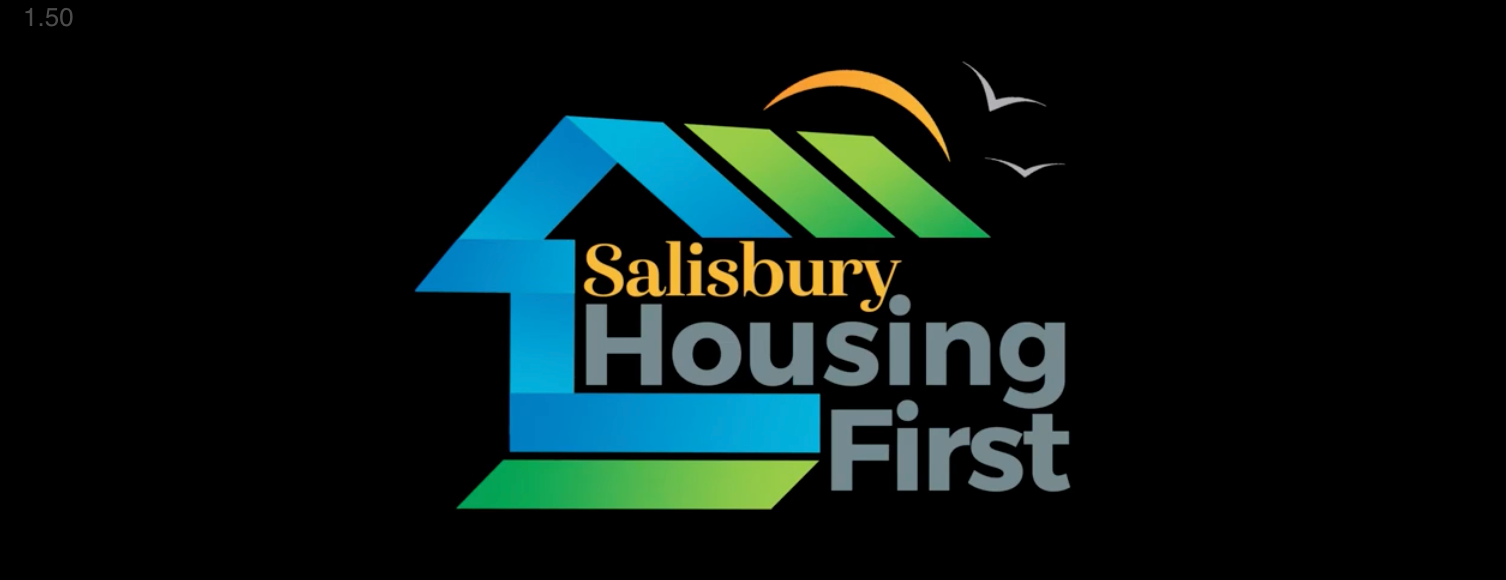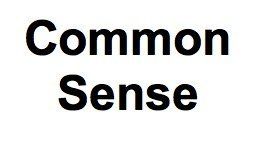Maryland Counties Vaccinate Youngest Schoolchildren

Over two weeks into vaccine eligibility for 5- to 11-year-olds, all local school and health systems in Maryland have agreed to facilitate clinics, and vaccination rates are climbing.
Gov. Larry Hogan (R) announced Nov. 3 that children 5 to 11 years old could receive vaccinations. State Secretary of Health Dennis Schrader estimated there are 518,000 children in Maryland that age.
Nearly 80,000 children, or 15% of those in that age group, have gotten their first doses, according to Maryland Department of Health data as of Friday. Vaccinations for 5- to 11-year-olds made up 44% of all vaccinations statewide since Nov. 3.
According to the Centers for Disease Control and Prevention, Maryland has received the third-most vaccines from the federal government per 100,000 residents of any state, as of Nov. 18.
At Monday's Senate Vaccine Oversight Workgroup meeting with state lawmakers, Schrader said that the state wasn’t anticipating any supply issues.
Schrader also said it was too early to draw conclusions on racial or socioeconomic disparities in vaccine uptake across the state among younger children, and that the state health department would reserve judgment until three or four weeks into the rollout.
"We made it clear that we believe school-based clinics are the most efficient and effective way to provide equitable vaccinations to 5- to 11-year-olds," Schrader said, and that the state needs to maintain momentum as holidays and colder weather approach.
Sen. Jim Rosapepe (D-Prince George's and Anne Arundel), who serves on the Senate Vaccine Oversight Workgroup, said to Capital News Service that he expects the first 20% or 30% of younger children to get vaccinated quickly since a majority of adults from all ethnic groups have gotten the vaccine.
Kent County saw a supply dip from the first to the second week, but its health officer, Bill Webb, said to give the situation two months, when he expects there will be "more than enough [doses] in the community for everyone who wants it."
Webb said the supply is similar to that of the beginning of adult vaccine roll-out in Kent County.
A portion of a jurisdiction’s vaccine doses are allocated according to its population relative to the rest of the state.
"Five or six months down the road, we had vaccinated all who wanted it and had a supply of inventory to work on promoting vaccinations. I'm fairly confident this will play out the exact same way," Webb said in a phone call.
Kent County increased its seven-day average for first doses of all ages by 133% to about 20 daily vaccinations the first week of 5- to 11-year-old eligibility, according to the latest available Maryland Department of Health data.
Despite a small population of only about 19,000 residents, the Eastern Shore county has 63,000 first doses for all ages in the books per 100,000 residents since the beginning of the pandemic, ranking fourth in the state. The state average is 56,700 cumulative first doses per 100,000 residents.
As of Friday, Kent County completed one school-based clinic at each of its three public elementary schools, and at one of its four private elementary schools.
Vaccine is delivered in containers of 100 doses, Webb said, which is still too much for Kent County's limited number of primary care providers to use up before the vaccine expires in 31 days in a normal fridge. Instead, doses are transferred from county supplies to physicians when they're needed.
Children 5 to 11 years old are only eligible for the Pfizer vaccine and get a third the dose of an adult. Like adults, they get two vaccinations, three weeks apart. Webb compared the dosage of vaccine for younger kids to an 8-ounce soda versus a 20-ounce soda for adults.
Webb called 5- to 11-year-olds the last group that is more mobile and more easily able to spread the virus, and said that vaccinating them will help keep kids in school, reduce quarantining and cut back on isolation events.
"I'm keeping my fingers crossed that if we do well with this last group, we can put COVID-19 into the history books," Webb said.
Capital News Service is a student-powered news organization run by the University of Maryland Philip Merrill College of Journalism. For 26 years, they have provided deeply reported, award-winning coverage of issues of import to Marylanders.
Common Sense for the Eastern Shore







